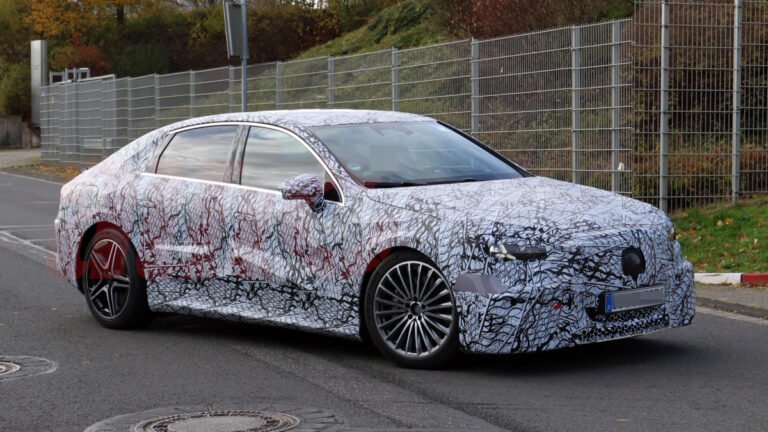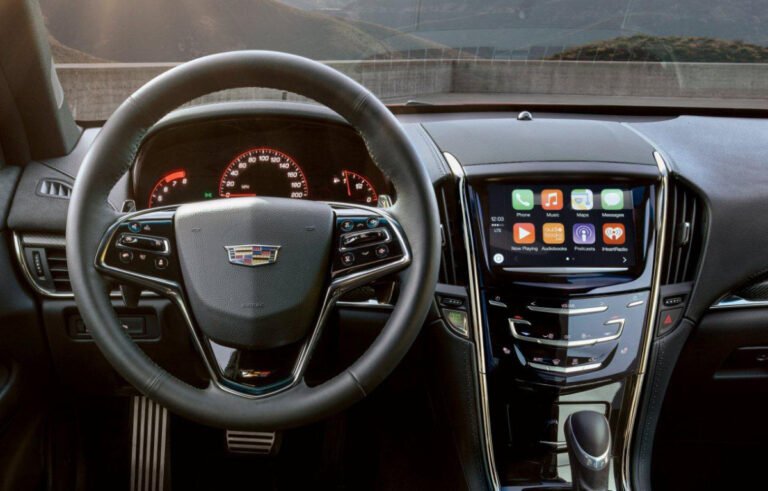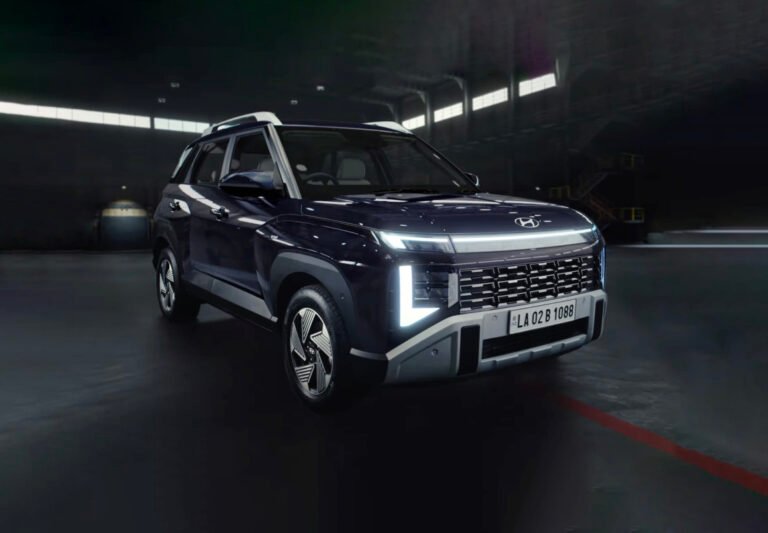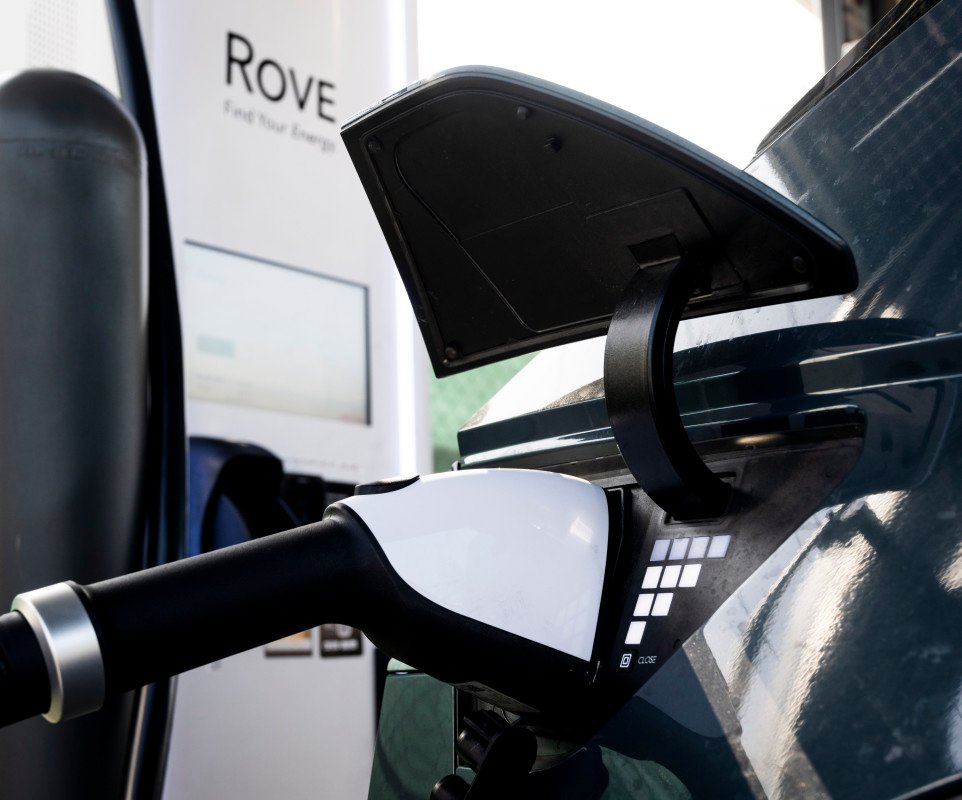
America’s next big leap in charging
ChargePoint, one of the largest EV charging networks in the U.S., plans to roll out a new generation of 600-kilowatt chargers next year. These ultra-powerful units, built in partnership with Eaton, promise lightning-fast top-ups — theoretically enough to fully recharge a car in about 10 minutes. But there’s a catch: not a single electric vehicle on sale in the U.S. today can actually take advantage of that speed.
Right now, the fastest chargers in the country top out around 400–500 kW, and even those are rare. The Lucid Gravity SUV, set to debut next year, leads the pack with peak charging around 400 kW. Other upcoming models, like the BMW iX3 and Porsche Cayenne EV, are expected to match that figure — still well below what ChargePoint’s new hardware can deliver.
Why 600 kW matters (even if nobody can use it)
ChargePoint says the 600 kW chargers are “future-proof.” They’re designed to handle the next generation of high-voltage EVs expected later this decade — vehicles that could potentially add hundreds of miles of range in under 10 minutes.
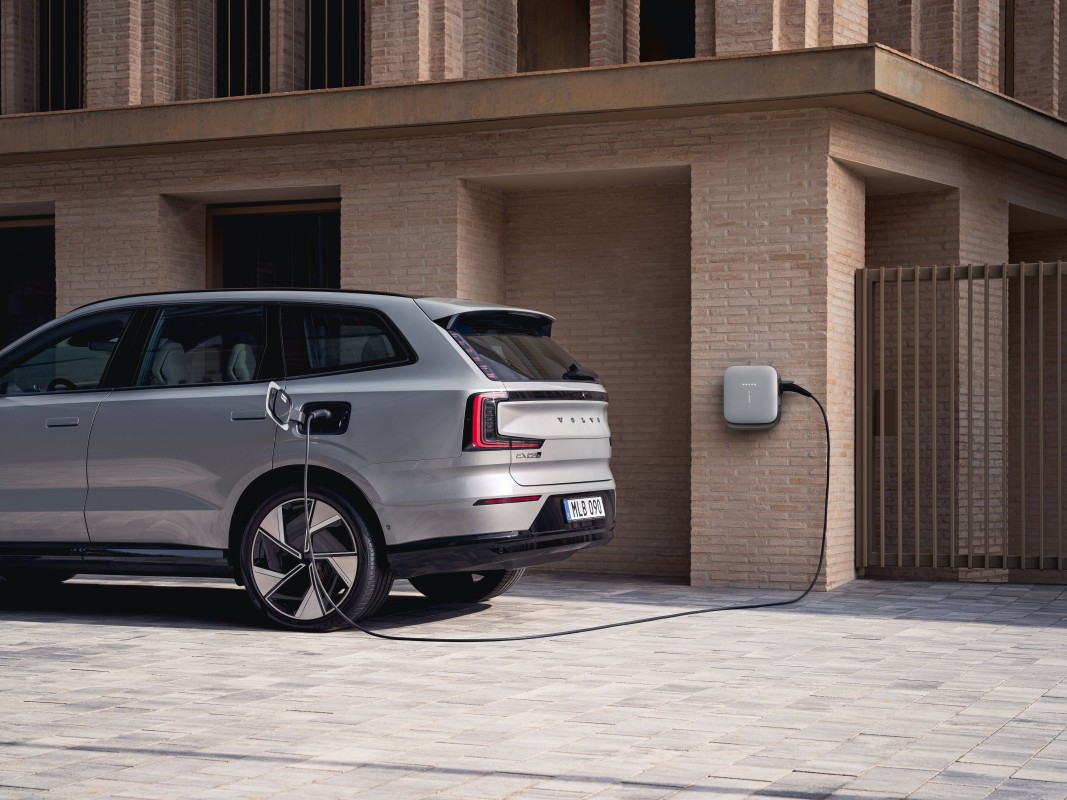
The company also touts practical benefits: the new units are said to cost 30% less to install, take up 30% less space, and cut operating costs by 30%. Even if they aren’t running at full capacity, they could still make financial sense for ChargePoint’s expanding Express network. Still, until automakers catch up, these chargers will be running far below their potential.
China and Europe are charging ahead
China is already home to EVs that can handle 1-megawatt (1,000 kW) charging speeds, enabling near five-minute refuels. Public charging stations there have kept pace, with several networks already supporting these extreme voltages. Europe, meanwhile, sits between the U.S. and China. A handful of European stations now support 400–420 kW, with a few 600 kW units planned for 2025.
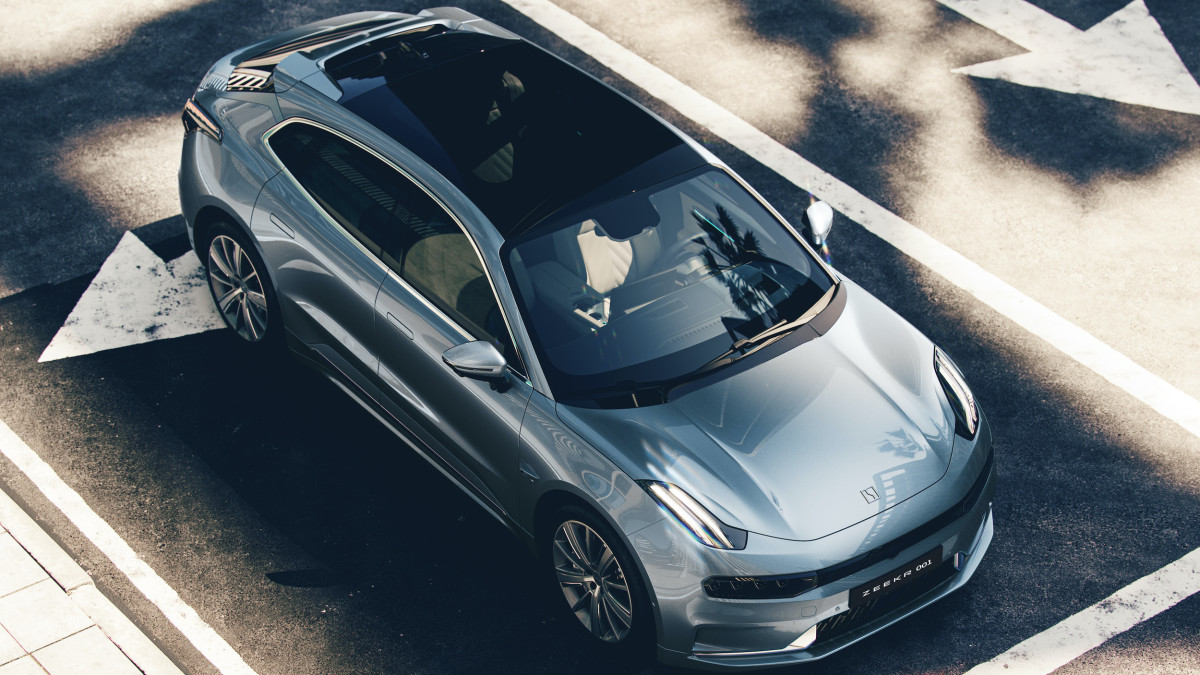
Zeekr
The voltage bottleneck
The reason for all of this comes down to voltage. Most EVs today use a 400-volt electrical architecture, which limits peak charging to around 250 kW. To go faster, cars need 800 volts or more.
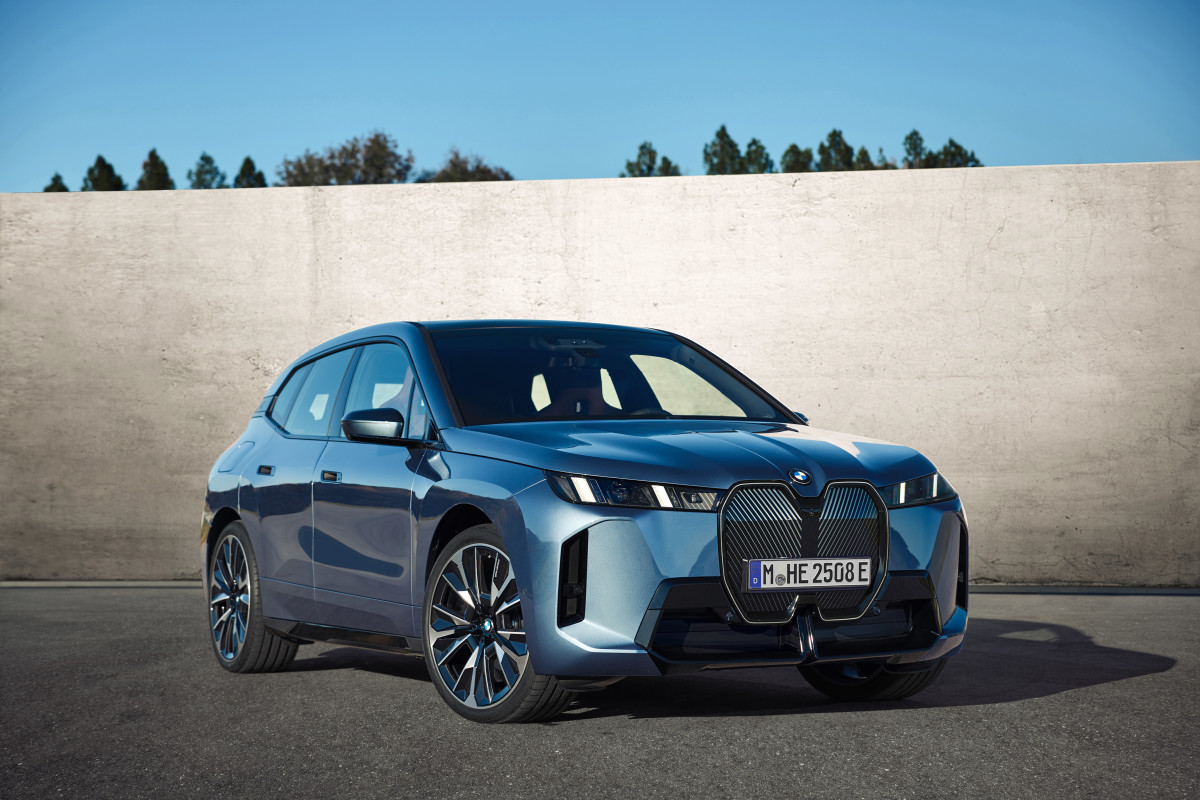
High-end models like the Porsche Macan EV, BMW iX, and Lucid Gravity already use 800 to 900-volt systems, allowing them to charge faster without overheating cables or overloading the grid. But even they aren’t optimized for 600 kW.
In theory, Lucid could update its vehicles to support those speeds since its platform already runs at up to 926 volts. For now, though, most EVs max out well below that, with Hyundai and Kia’s E-GMP models still hovering around 240 kW despite their 800-volt systems.
Final thoughts
To some, ChargePoint’s 600 kW rollout may seem like overkill — a flashy headline for technology nobody can use yet. But to others, it’s an investment in readiness. If automakers eventually introduce EVs capable of taking 600 kW or more, the infrastructure will already be waiting. Even at lower power levels, these stations could reduce charging congestion and deliver more consistent speeds to multiple vehicles at once.
Still, the contrast with China is hard to ignore. While Chinese drivers are already experiencing true five-minute charging, American EV owners are looking at 20–30 minutes at best. Unless U.S. automakers embrace higher-voltage platforms soon — or import tariffs on Chinese EVs vanish — that gap may only widen.
